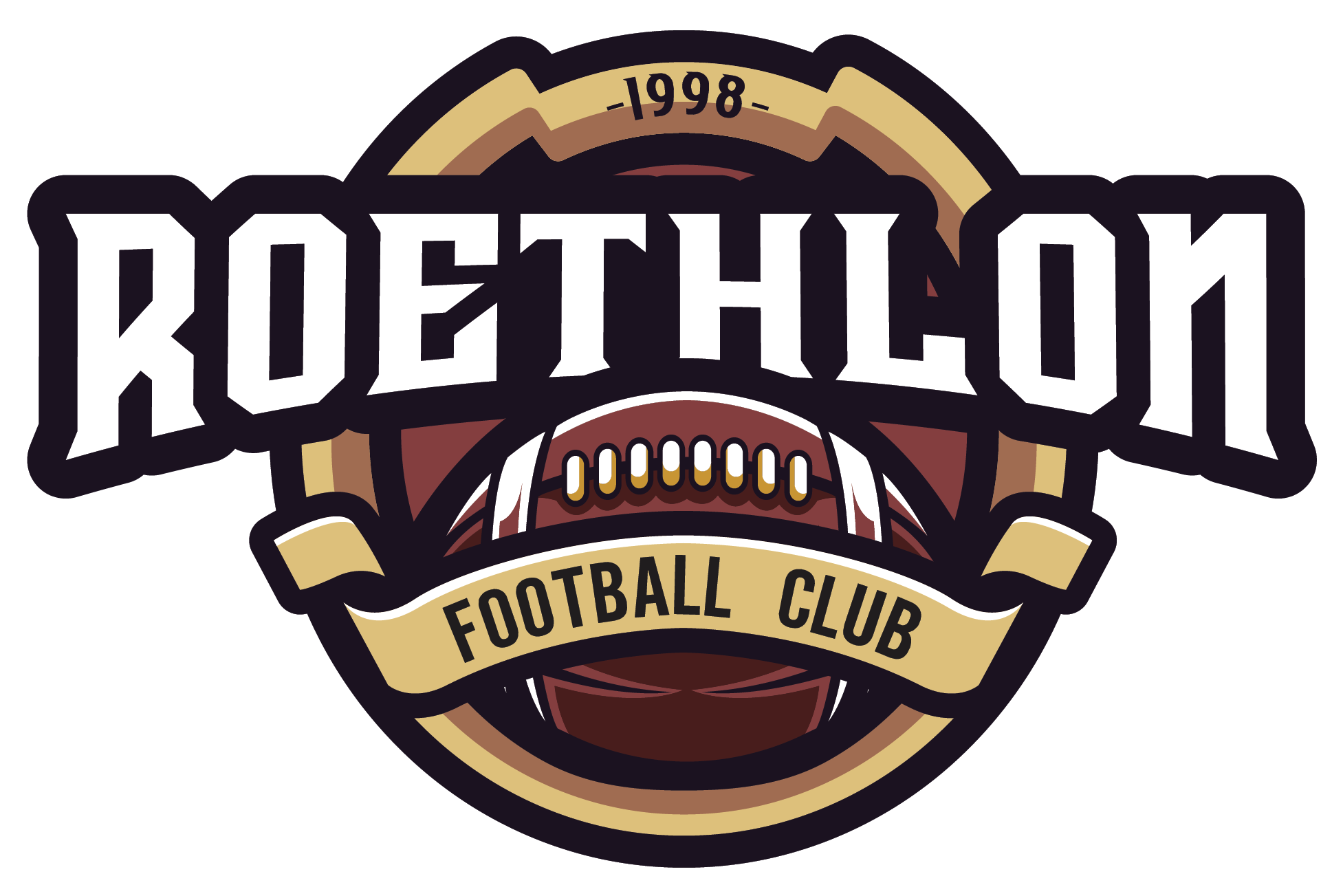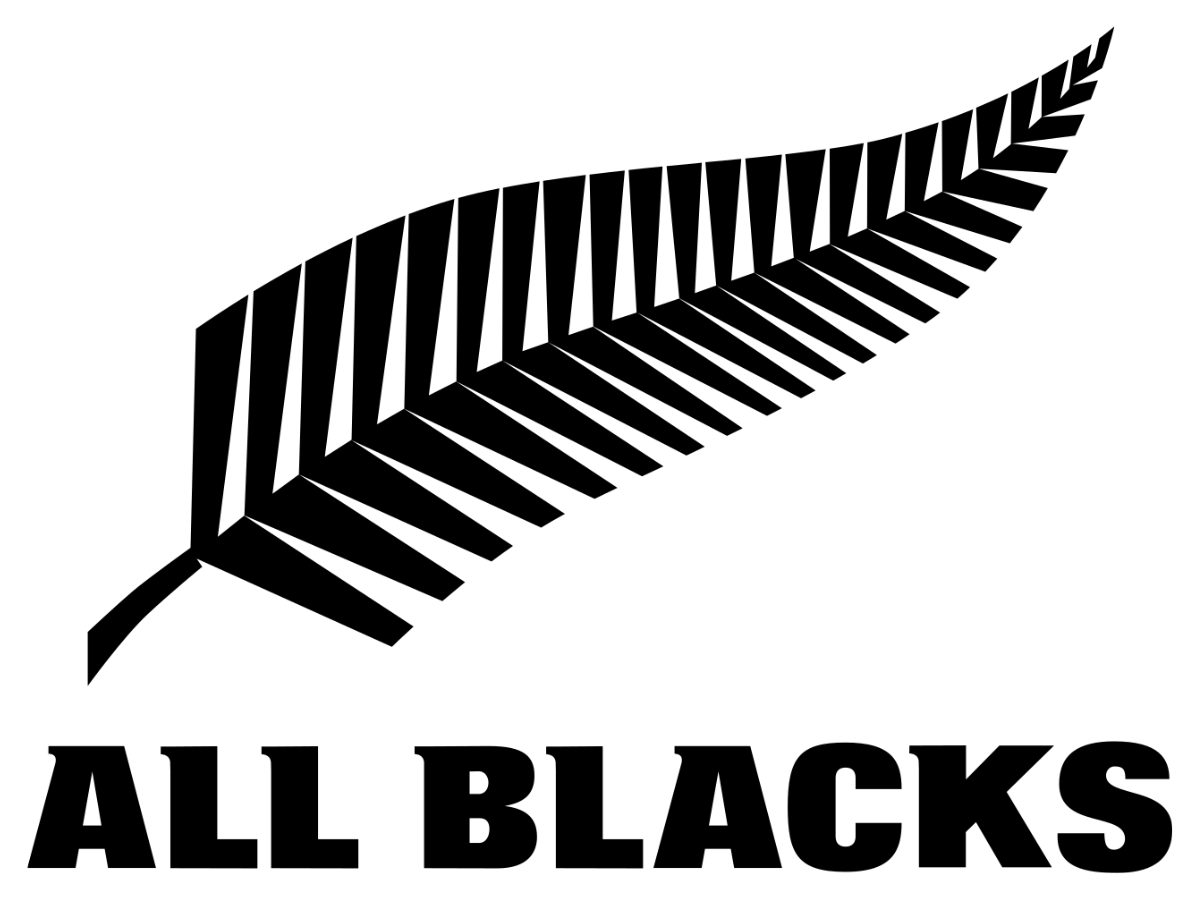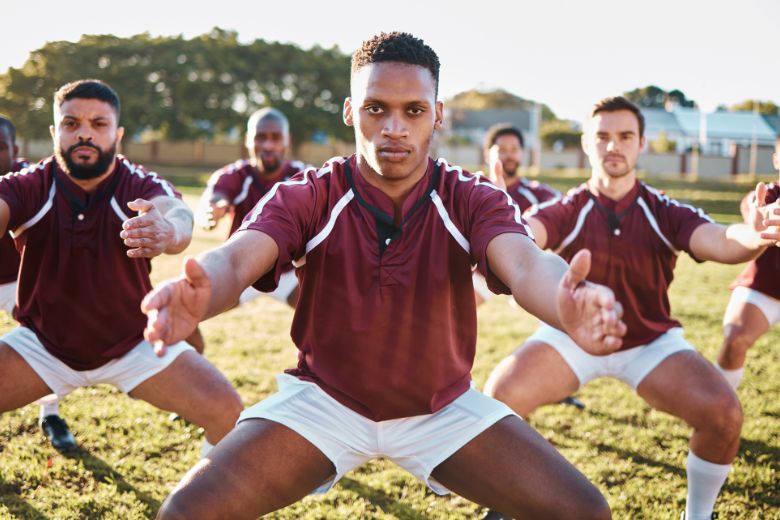Origins and History of the Haka
The Haka is a compelling cultural expression that encapsulates the spirit, history, and traditions of the Maori people of New Zealand. Its origins, deeply embedded in centuries of tradition, reflect a practice that has transcended its martial beginnings to become a symbol of identity, unity, and strength. This traditional Maori dance, characterized by its powerful movements and chants, continues to captivate and inspire audiences worldwide.
What is the Haka?
At its core, the Haka is a traditional Maori war dance that is performed with great vigor and involves rhythmic body movements and chanting. It was historically used on the battlefield to intimidate the enemy, but its functions and meanings have evolved significantly over time. Today, the Haka is performed in various contexts, including ceremonies, celebrations, and sporting events, serving as a display of a community’s pride, strength, and unity.
The dance is notable for its distinctive elements, such as the stomping of feet, the extension of the tongue, and the slapping of the hands against the body. These actions, combined with the rhythmic chanting, create an intensely powerful performance that is both awe-inspiring and deeply moving. The Haka’s ability to convey a wide range of emotions, from aggression and defiance to respect and homage, showcases its versatility and significance in Maori culture.
The Cultural Significance of the Haka
The Haka holds profound cultural significance for the Maori people, serving as a bridge between the past and present. It is a living tradition that encapsulates the values, history, and beliefs of the Maori, acting as a vehicle for expressing collective emotions and identity. The performance of the Haka at important events, such as weddings, funerals, and community gatherings, underscores its role in reinforcing social bonds and cultural identity.
Moreover, the Haka is an expression of the Maori concept of mana, which refers to authority, honor, and respect. Through the Haka, performers assert their strength, vitality, and status, thereby enhancing their mana in the eyes of others. This aspect of the Haka underscores its role not just as a performance art but as a profound cultural ritual that communicates values and social hierarchies within Maori society.
The Origins of the Haka
Tracing the origins of the Haka is to delve into the rich tapestry of Maori mythology and history. According to Maori lore, the Haka was derived from the sun god Ra and his summer maidens, who performed a dance to celebrate the coming of light. This mythological beginning highlights the Haka’s deep-rooted connection to the natural world and its cycles, reflecting the Maori people’s reverence for nature.
The transition of the Haka from mythological origins to a martial context is a testament to the adaptability and significance of this cultural practice. In its early forms, the Haka was performed by warriors before battle, serving as a psychological weapon to terrify opponents and as a means of invoking the god of war for strength. The ferocity and intensity of the Haka reflected the warriors’ readiness for combat and their willingness to defend their land and people.
This excerpt provides a starting point for a comprehensive blog article on the origins and history of the Haka. To achieve a 3000-word count, continue to explore each section in depth, focusing on the evolution of the Haka, its role in New Zealand society, famous performances, common misconceptions, and its influence on sports and popular culture. Each section should be expanded with detailed research, anecdotes, and analysis to provide a rich and engaging narrative that honors this powerful cultural tradition.




